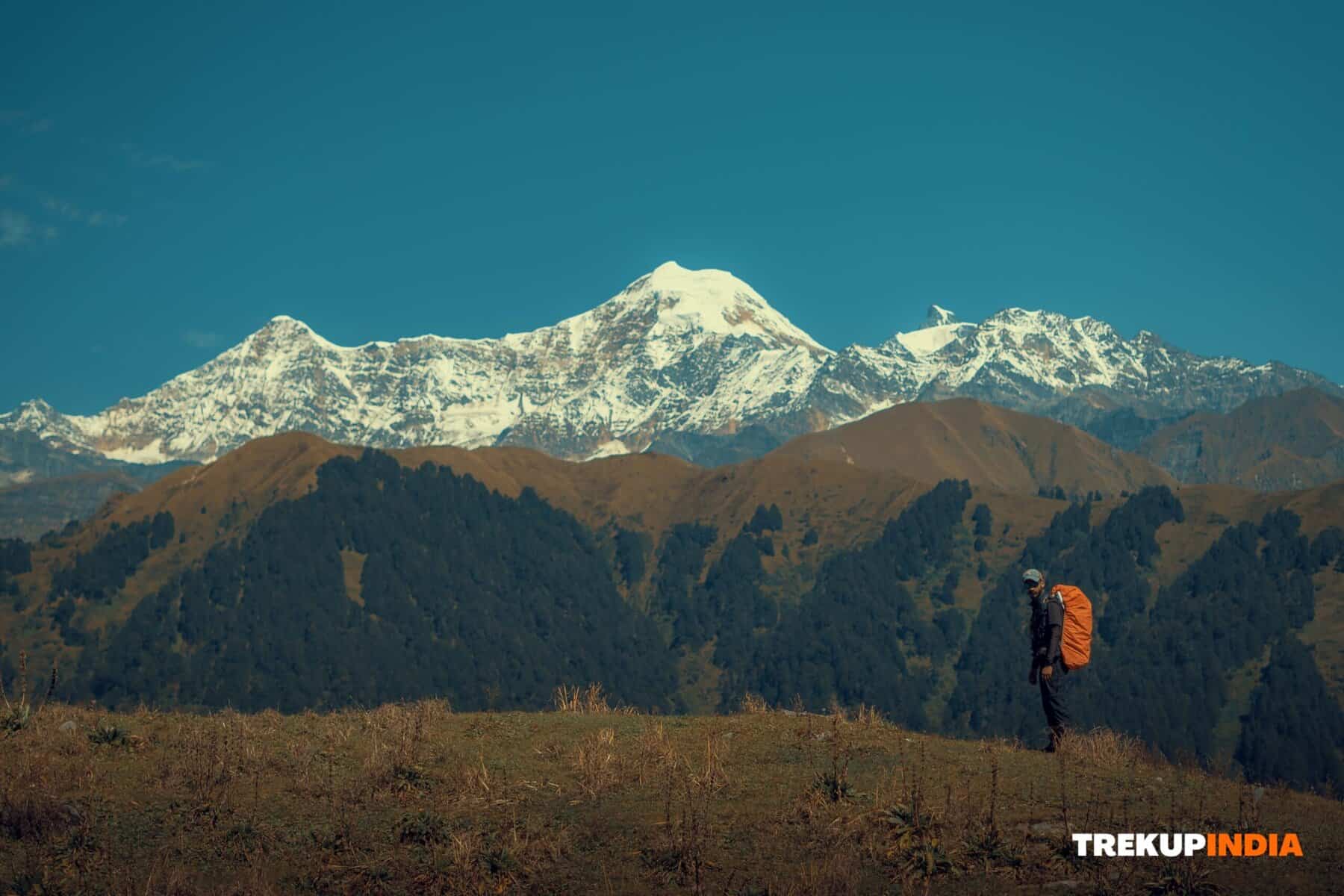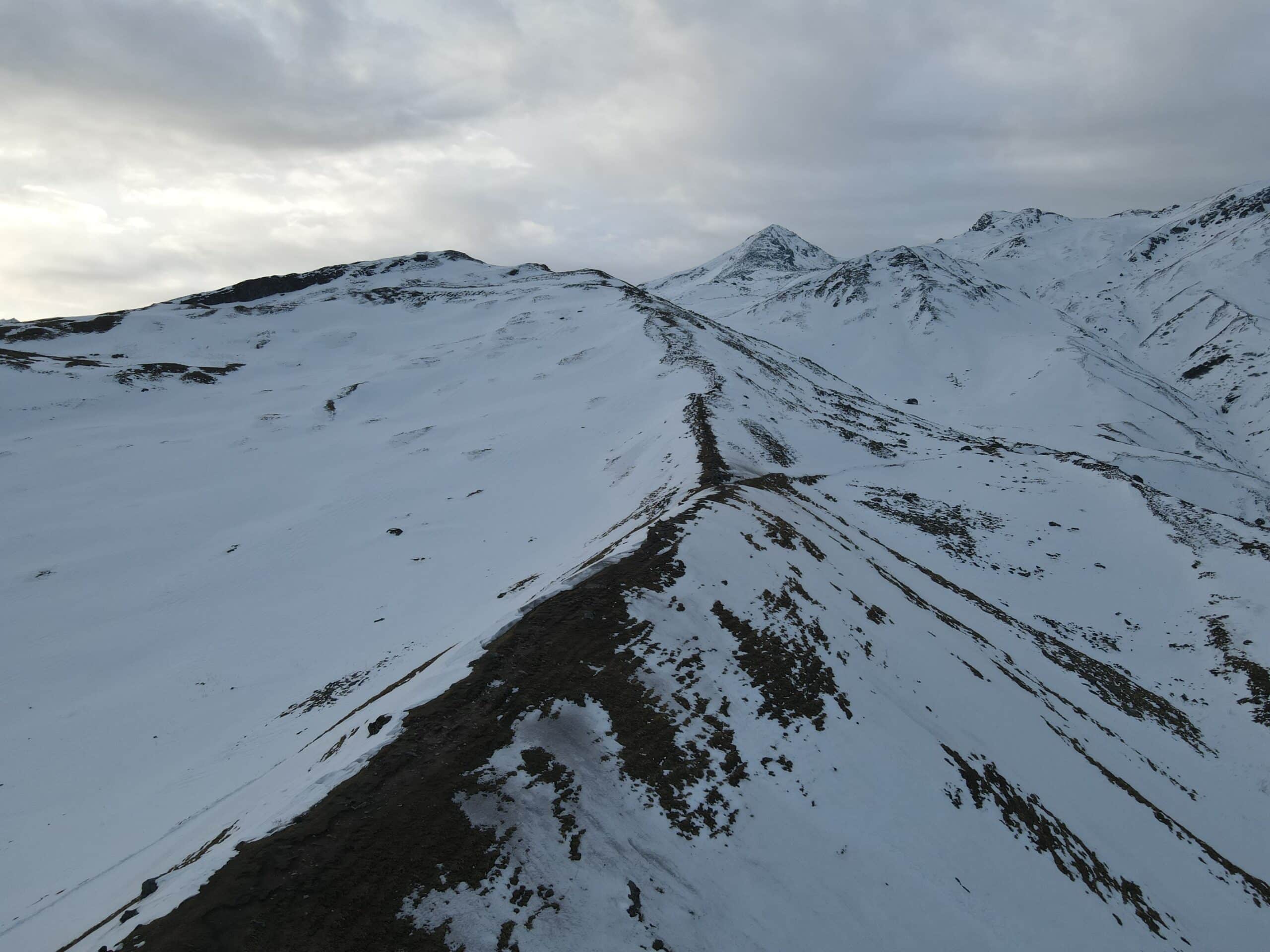Sagargad Trek
Sagargad Trek
Historical documents mention that the Sagargad fort has stood since the Satvahan dynasty. Its presence was likewise recognized in the Treaty of Purander in 1655, where Shivaji gifted 33 forts to the Moghuls. According to legend, Sagargad Fort was later granted to Angre, the naval chief of the Marathas, for his commitment against Shahu Chhatrapati of Satara. In the mid-19th century, the British took control of the fort and created retreat homes.
Highlights
- Vanartok: It’s on the southerly side of the fort. This Pinnacle is independent of the Sagargad plateau. The only trouble with climbing this pinnacle is that it needs to be bolted, which is harmful for that reason.
- Goumukh: The water reservoir, as explained earlier.
- Water Pond: There is a huge fish pond in Sagargad; however, it is not safe/clean, and a villager asserted snakes stay in the water.
- Fortification
- Most of the fort is damaged except the walls of the north side.
- Ruins of the British Quarters.
Based on the top, one can have gorgeous views of Manikgad, Karnala, and Mirgad on the Eastern side. Arabian Sea, Revdanda Fort on the Western side.
Trek Itinerary
The regular Sagargad trek itinerary involves a 2-3 hour climb to the fort, an expedition of the fort, a scenic lunch break up, and afterward, a descent back to the base village. The trek can be finished in a day.
Best Time for Exploration
Following the monsoon and winter seasons, October to March are the most beneficial conditions for a trek to Sagargad. The climate is delightful, and the bordering landscape shows vibrancy and vegetation, making it a perfect time to embark on this adventure.
Tips for the Trek
- Ensure you have appropriate trekking equipment, including comfortable apparel, trekking footwear, a knapsack, and enough water and snacks.
- Working with a neighborhood guide who recognizes the trail and can offer valuable insights into the fort’s history is suggested.
- Check regional guidelines and safety standards before embarking on the trek.
- Respect the fort’s natural surroundings and historic frameworks without causing any damage.
- Sagargad trek is a fantastic method to integrate adventure, background, and all-natural elegance. It’s a chance to discover a lesser-known archaeological site while enjoying the trekking experience in the Western Ghats of Maharashtra.
Want To Trek Like Pro?
Check out the following videos if you want to trek like a pro trekker and improve your skills. These videos contain helpful tips, tricks, and techniques to help you trek like a pro. Whether you’re a beginner or an experienced trekker, these videos can provide valuable insights to enhance your trekking experience. So, watch the videos below by Trekup India experts to take your trekking skills to the next level.
Know Everything About Acute Mountain Sickness
Acute Mountain Sickness is a medical condition that can occur when individuals travel to high altitudes, typically above 8,000 feet. It is caused by the decrease in air pressure and oxygen levels in the air as altitude increases. Symptoms of Acute Mountain Sickness may include headache, nausea, vomiting, dizziness, and difficulty sleeping. To avoid Acute Mountain Sickness, it is important to gradually adjust to high altitudes and seek medical attention if symptoms worsen. To learn more about this condition, check out the videos by Trekup India.






